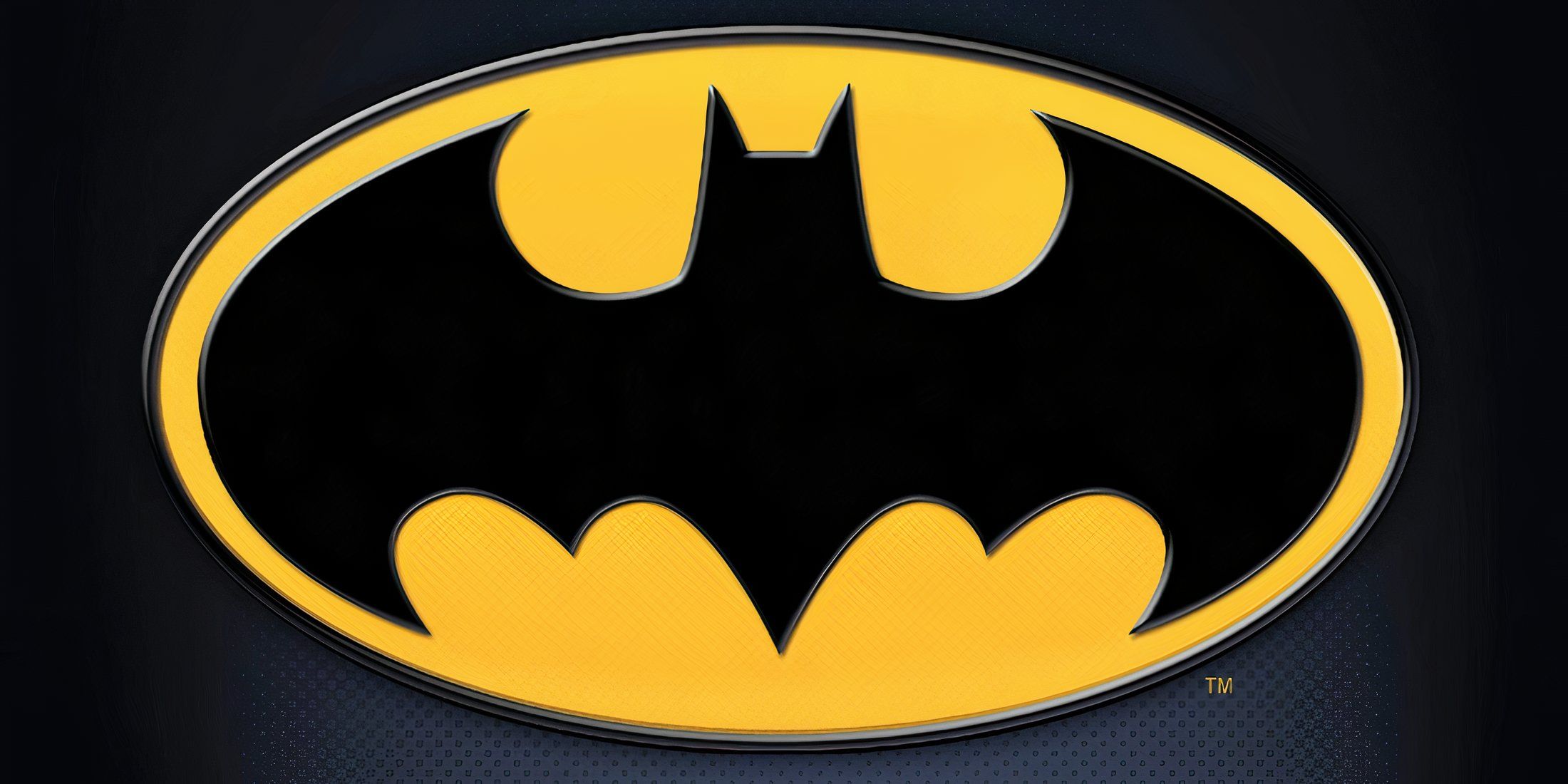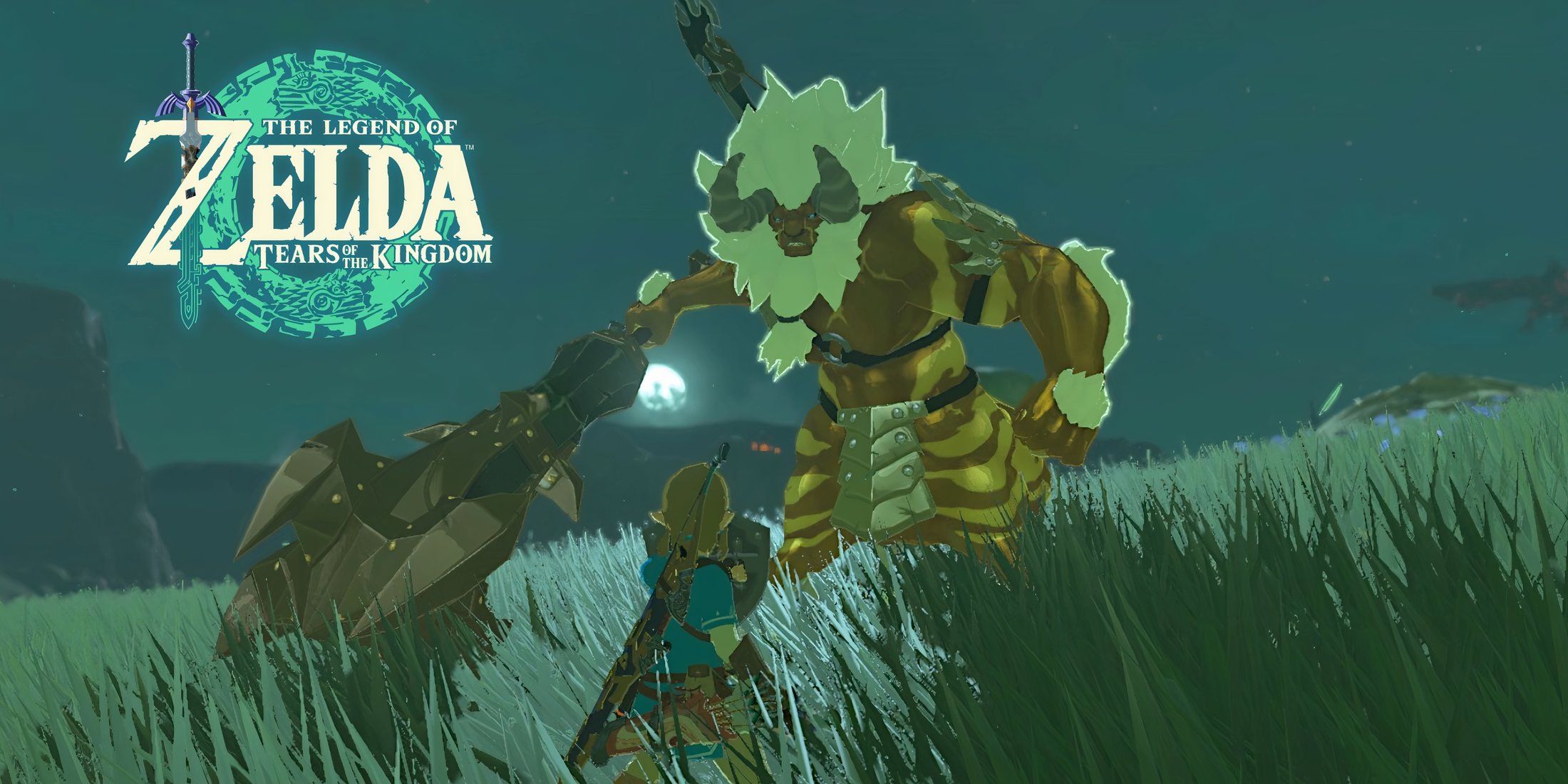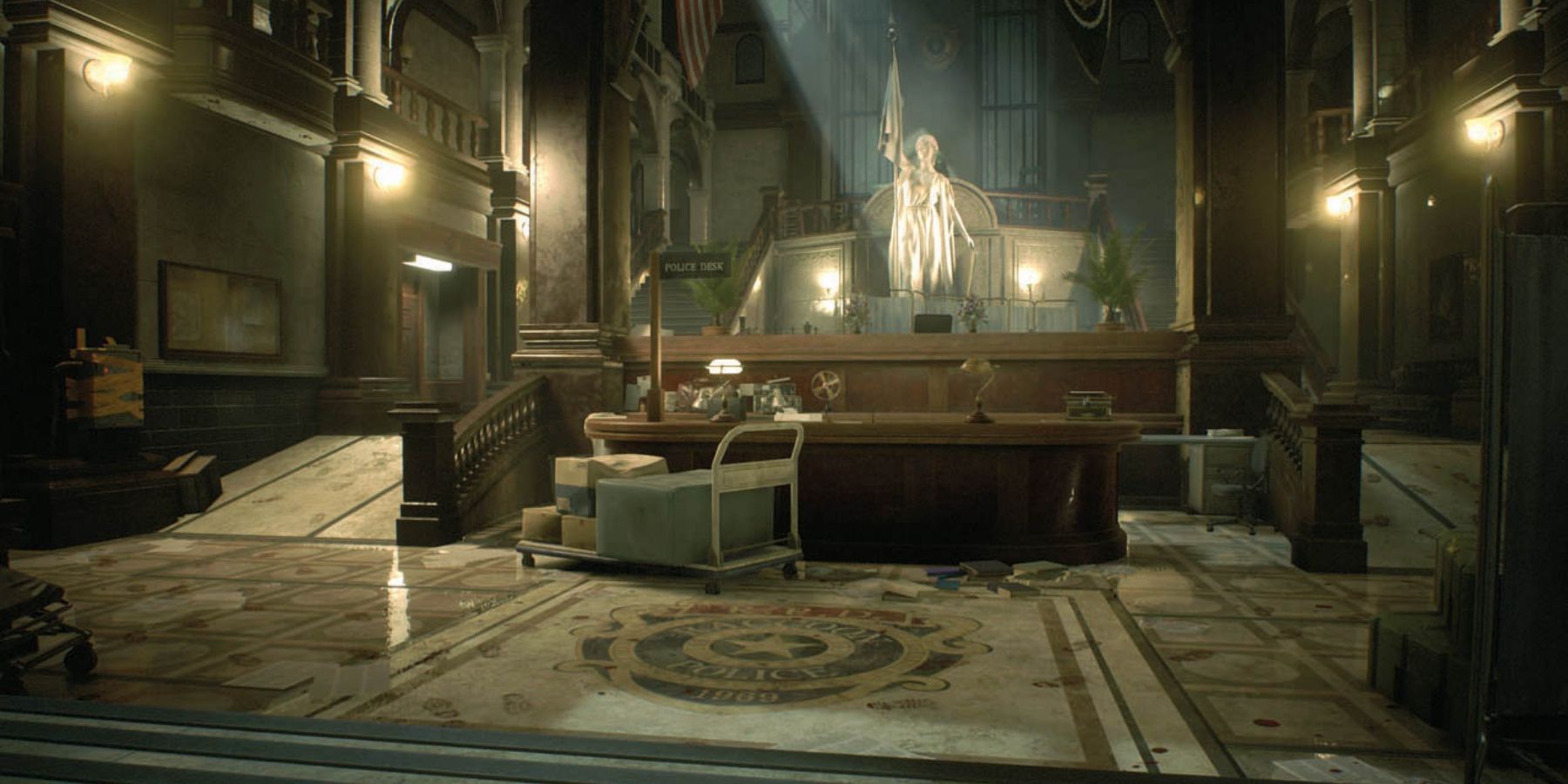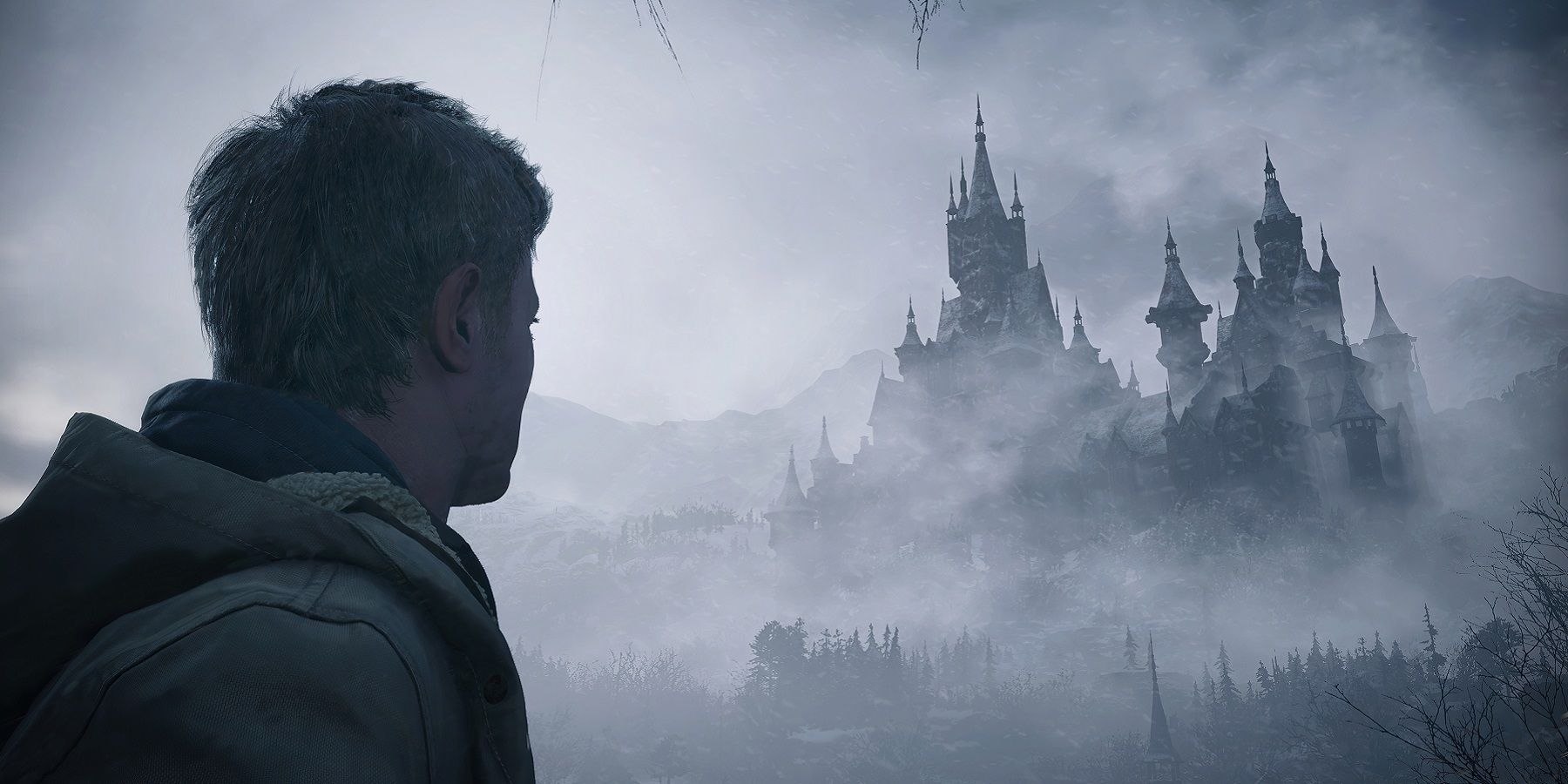The Resident Evil franchise has evolved a lot over the last three decades. From changes in perspective to a deeper focus on action to more intricate storylines, Resident Evil is constantly changing and trying out new mechanics and systems, but one thing it's kept fairly consistent throughout the years is its overall level design, which shares a lot of similarities with the Metroidvania sub-genre.
Named after two of the genre's biggest pioneers, Metroid and Castlevania, a Metroidvania is generally described as a game that drops players into a large open environment, with multiple branching paths all being locked behind special doors that require the player to obtain a specific ability. That's not all there is to a Metroidvania, but it's the general gist, and the Resident Evil franchise has certainly borrowed a few common elements over the years. With the Metroidvania genre still growing in popularity, with big AAA titles like Star Wars Jedi: Survivor borrowing from it heavily, it seems like the right time for Resident Evil 9 to fully embrace the series' Metroidvania elements.
Resident Evil 9 Should Embrace the Series' Metroidvania Roots
The first Resident Evil game came out in March 1996, a whole year before Castlevania: Symphony of the Night. But while the Resident Evil series predates the term "Metroidvania," it doesn't predate the Metroid series itself, which naturally contains a lot of the same level design elements that Resident Evil borrows from. The vast majority of Resident Evil titles, beginning with the very first entry, see the player arrive in some kind of open-ended environment, with several paths being blocked by locked doors. While the player doesn't need a specific ability to open these doors, they do need a certain key, which can only be obtained by progressing through a particular path.
Of course, Resident Evil shouldn't be considered a true Metroidvania game, but it certainly shares some elements with the genre, albeit with its own unique sense of identity. Locked doors in Resident Evil will often have an inventive key, requiring the player to occasionally combine items or examine the environment thoroughly for a switch. The biggest commonality between Resident Evil and the Metroidvania genre is their shared sense of reward when the player finally obtains that item or ability they need to progress.
The last few Resident Evil entries have already begun to embrace the genre a little more, as the Resident Evil 2 Remake follows a Metroidvania-like level design with its Raccoon City Police Department area. Resident Evil Village's titular area also brushed pretty close to the Metroidvania genre, with players being able to travel down a variety of different paths all connected by one central hub, and all locked away by unique keys or items.
Resident Evil 9 should take things one step further, and be intentionally built as a full Metroidvania. The easiest way to do this is by swapping out some keys for special abilities. These abilities don't need to be as fantastical as a Morph Ball; they could simply be the main character gaining the ability to break through certain types of doors with increased strength or a new weapon, but the key is that the ability needs to have a use outside just opening doors. By making the next Resident Evil a fully-fledged Metroidvania, the game's setting has the potential to be one of the most iconic in the entire franchise, as the player will likely feel more engaged with their surroundings.





